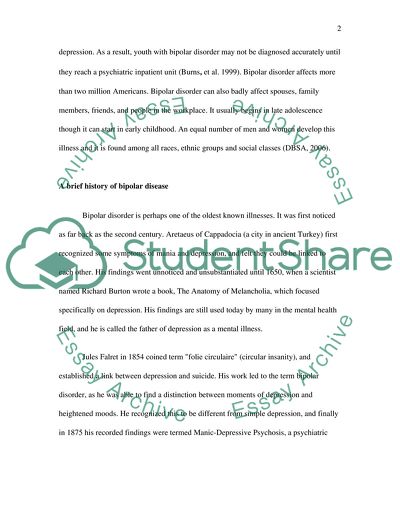Cite this document
(History of the Mental Illness: Bipolar Disorder Assignment, n.d.)
History of the Mental Illness: Bipolar Disorder Assignment. https://studentshare.org/psychology/1704967-history-of-the-mental-illness-bipolar-disorder
History of the Mental Illness: Bipolar Disorder Assignment. https://studentshare.org/psychology/1704967-history-of-the-mental-illness-bipolar-disorder
(History of the Mental Illness: Bipolar Disorder Assignment)
History of the Mental Illness: Bipolar Disorder Assignment. https://studentshare.org/psychology/1704967-history-of-the-mental-illness-bipolar-disorder.
History of the Mental Illness: Bipolar Disorder Assignment. https://studentshare.org/psychology/1704967-history-of-the-mental-illness-bipolar-disorder.
“History of the Mental Illness: Bipolar Disorder Assignment”. https://studentshare.org/psychology/1704967-history-of-the-mental-illness-bipolar-disorder.


